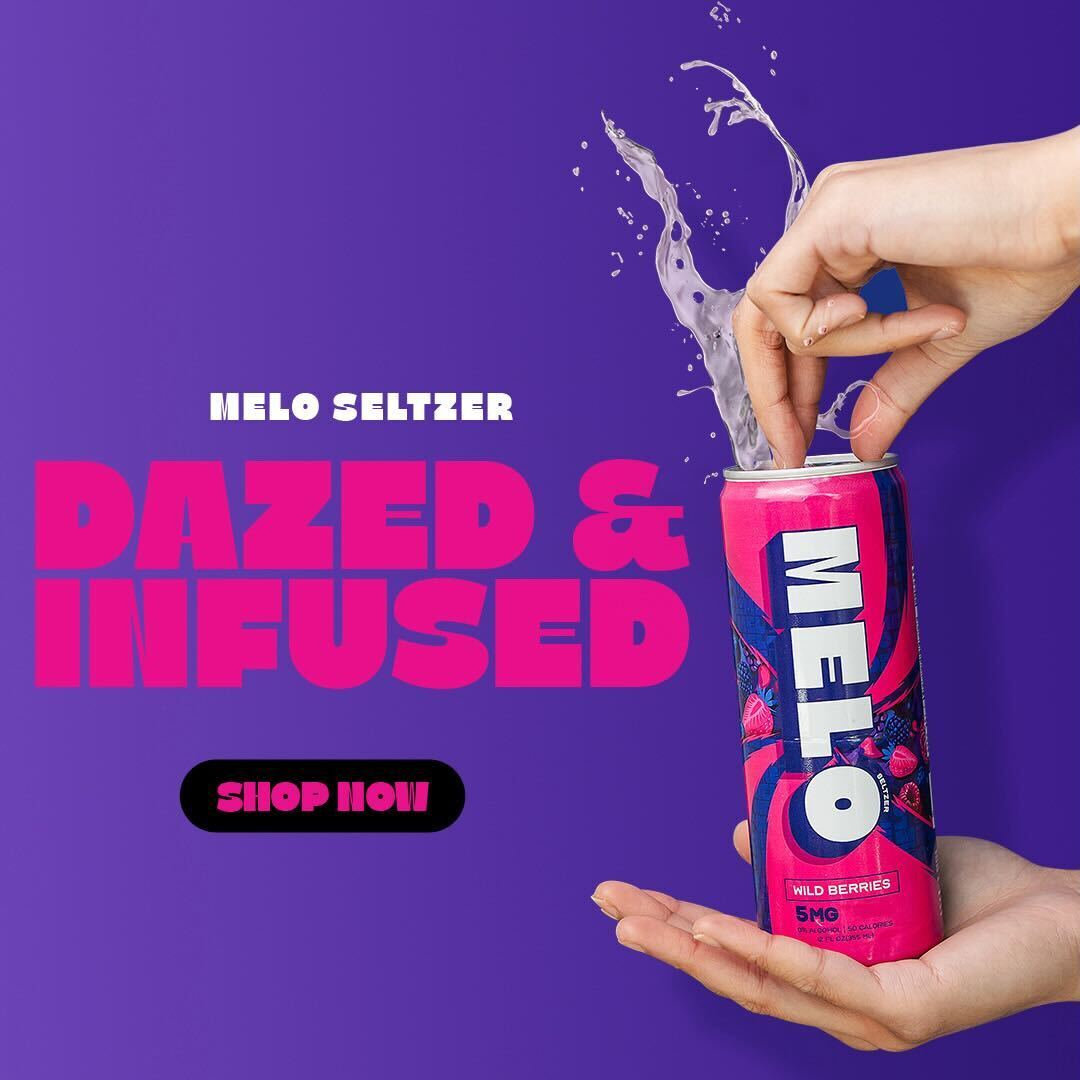CO2 Extraction
CO2 extraction is a popular method for producing high-quality THC extracts used in beverages. This technique utilizes pressurized carbon dioxide to selectively dissolve cannabinoids and terpenes from cannabis plant material. The process involves passing CO2 through the cannabis at high pressure, which causes it to become a dense fluid capable of extracting desired compounds. As the pressure is reduced, the CO2 returns to its gaseous state, leaving behind a concentrated extract that can be easily incorporated into beverages.
Water-Based Infusion
Water-based infusion is a simple and traditional method for making THC-infused beverages. This process involves steeping cannabis material directly in hot water, allowing the cannabinoids and other compounds to dissolve and infuse into the liquid.
- The cannabis plant material, typically flower or trim, is ground finely to increase surface area for better extraction.
- Hot water, often filtered and ideally at a temperature between 160-180°F (71-82°C), is poured over the ground cannabis.
- The mixture is then allowed to steep for several hours, depending on the desired potency and the type of cannabis used.
- After steeping, the liquid containing THC is strained through a fine mesh filter or cheesecloth to remove plant material.
- The resulting infusion can be used directly or further processed, for example, by reducing it down to a concentrate or flavoring it with additional ingredients.

Lipid Emulsion Methods
Lipid emulsion methods offer an alternative approach to THC infusion, focusing on incorporating the cannabinoids into fat molecules. This technique enhances solubility and bioavailability, leading to faster and more efficient absorption of THC into the bloodstream.
Microencapsulation

One common lipid emulsion method involves using lecithin as an emulsifier. Lecithin is a natural compound found in egg yolks and soybeans that has the ability to bind both water and fat molecules together, creating stable emulsions. THC is dissolved in a fat-based solution, such as MCT oil or coconut oil. This mixture is then combined with lecithin and agitated vigorously to form tiny droplets of THC suspended in a water-based carrier.
Microencapsulation involves encapsulating THC molecules within tiny spheres called microcapsules. These microcapsules can be made from various materials, including polymers, lipids, or proteins. The microencapsulation process protects the THC from degradation and allows for controlled release of the cannabinoid into the beverage over time.
Liposomal Encapsulation
Lipid emulsion methods offer an alternative approach to THC infusion, focusing on incorporating the cannabinoids into fat molecules. This technique enhances solubility and bioavailability, leading to faster and more efficient absorption of THC into the bloodstream.
One common lipid emulsion method involves using lecithin as an emulsifier. Lecithin is a natural compound found in egg yolks and soybeans that has the ability to bind both water and fat molecules together, creating stable emulsions. THC is dissolved in a fat-based solution, such as MCT oil or coconut oil. This mixture is then combined with lecithin and agitated vigorously to form tiny droplets of THC suspended in a water-based carrier.
- The cannabis plant material, typically flower or trim, is ground finely to increase surface area for better extraction.
- Hot water, often filtered and ideally at a temperature between 160-180°F (71-82°C), is poured over the ground cannabis.
- The mixture is then allowed to steep for several hours, depending on the desired potency and the type of cannabis used.
- After steeping, the liquid containing THC is strained through a fine mesh filter or cheesecloth to remove plant material.
- The resulting infusion can be used directly or further processed, for example, by reducing it down to a concentrate or flavoring it with additional ingredients.
Microencapsulation involves encapsulating THC molecules within tiny spheres called microcapsules. These microcapsules can be made from various materials, including polymers, lipids, or proteins. The microencapsulation process protects the THC from degradation and allows for controlled release of the cannabinoid into the beverage over time.
- Polymer-based microcapsules
- Lipid-based microcapsules
- Protein-based microcapsules
Other Methods
Exploring the realm of THC-infused beverages unveils a variety of innovative methods, each with its own set of advantages and considerations. From traditional water-based infusions to cutting-edge techniques like lipid emulsions and microencapsulation, these methods offer diverse approaches to effectively incorporating cannabinoids into liquid formulations.

Ultrasonic Extraction
Ultrasonic extraction is a relatively new technique gaining traction in the cannabis industry for producing THC extracts. It utilizes high-frequency sound waves to disrupt cell walls and membranes within the cannabis plant material, releasing cannabinoids and other valuable compounds into a solvent.
- The process involves submerging the ground cannabis in a solvent, such as alcohol or ethanol, and then exposing it to ultrasonic waves.
- These sound waves create cavitation bubbles that implode within the solvent, generating localized pressure changes that break down plant cell structures.
- This mechanical disruption significantly enhances the extraction efficiency of cannabinoids compared to traditional methods like steeping.
- The resulting extract is then filtered and concentrated.
Heating and Steeping
Other methods of producing THC-infused beverages include heating and steeping.
Heating cannabis plant material with fat, such as butter or coconut oil, is a classic method known as “cannabutter” or “coconut oil infusion.” This technique involves gently heating the ingredients together over low heat for an extended period to allow the cannabinoids to fully dissolve into the fat.
This infused fat can then be used in various recipes to add THC content to culinary creations.
Discover Melo Seltzer’s Refreshing THC Beverages
- Why Ghosting Is So Common In The Digital Dating World - June 3, 2025
- The Psychological Effects Of Ghosting And Its Long-term Consequences - June 2, 2025
- Which Lip Filler Lasts The Longest - May 31, 2025
